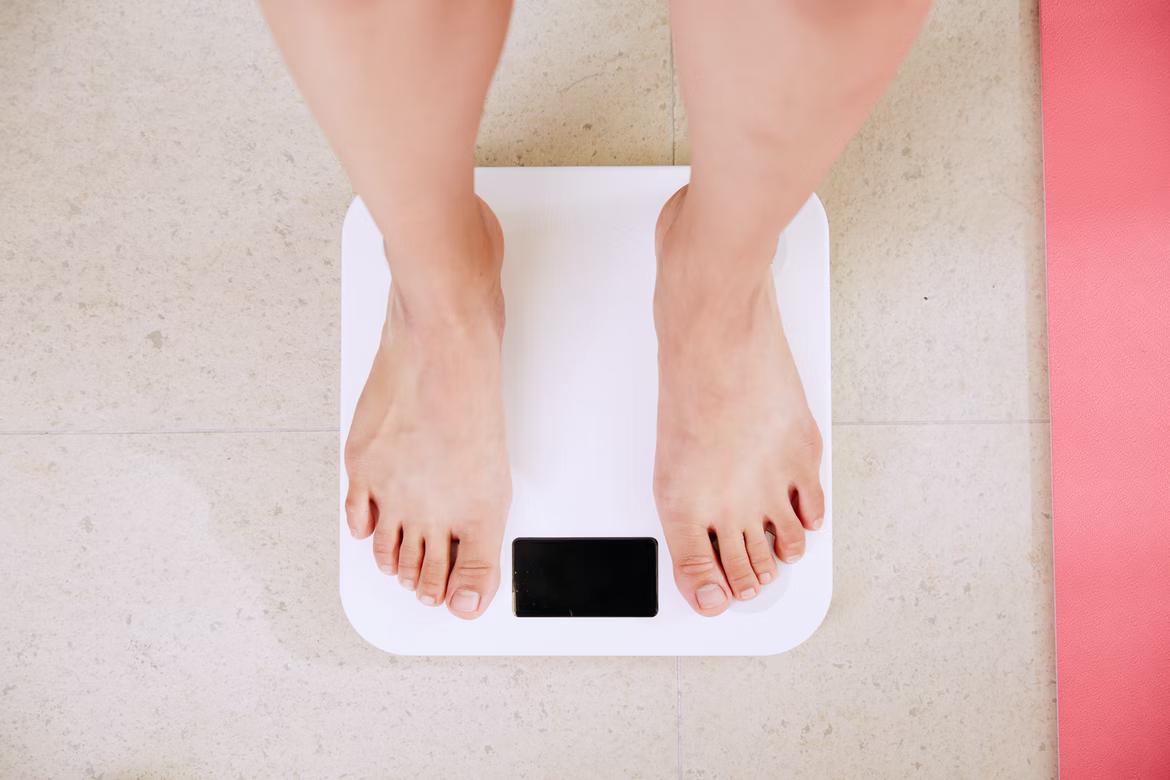Research-Backed Outcome Improvements You Can Expect to See with RPM Systems
Remote patient monitoring (RPM) solutions are quickly becoming a vital health management tool for primary care physicians and other clinicians who wish to check in on the health of patients outside of their normal checkups. RPM can provide you with immediate access to your patients’ data and physiological metrics. Having this 24/7 view of your patients gives you a comprehensive picture of their health. This can be invaluable when tracking chronic conditions like hypertension, diabetes, and obesity.

Whether you’re a doctor in a large hospital, private clinic, or another medical setting, you can leverage this technology, enhancing the quality of care offered to your patients and serving more people who are managing chronic conditions. There are numerous benefits of RPM and several research-backed outcome improvements. In this article, we’ll explain a few of those outcomes you can expect to see after investing in RPM for your patients.
RPM Systems Drive Improved Patient Outcomes
You can set up telehealth and RPM in as little as two weeks with a remote patient monitoring company like CoachCare. We’ve guided more than 3,000 organizations on their journey to improved healthcare through RPM. Each one of these organizations is now able to provide patients with a better analysis of physiological data and a more comprehensive method for managing their health conditions.
Beyond just our clients, research has shown that RPM systems improve outcomes in patients with a variety of conditions. One analysis of randomized controlled trials found that remote patient monitoring services, specifically wearable health monitoring devices, improve health outcomes for patients with chronic conditions like hypertension, Parkinson’s disease, low back pain, and more.
Other research shows that patients with conditions like hypertension or previous hospitalizations for COPD who utilize RPM solutions are likely to experience:
- Reductions in blood pressure
- Fewer instances of symptom exacerbation
- Fewer exacerbation-related hospitalizations
Overall, research points to the promise of remote healthcare monitoring systems helping patients reduce their blood pressure, lower their blood glucose, manage their weight, and alleviate their pain. RPM systems have been found to be the most effective when they’re used with other aspects of telehealth like tailored self-care messages, which are sent directly to each patient’s smartphone after a reading.
RPM Goes Beyond Basic Metrics
You can use remote health monitoring to improve patient outcomes via a wide range of metrics. In addition to systolic blood pressure, daily spirometry, and oxygenation, you can use home health monitoring devices to monitor more specific metrics like:
- Hand dysfunction
- Changing movement in patients with RA
- Gait in patients with Parkinson’s disease
- Posture in patients with subacute back pain
RPM Boosts Patient Engagement
All too often, getting patients to take note and manage their own chronic conditions is difficult. But with remote patient monitoring, you can connect with your patients every day. With intuitive RPM platforms, patients of all ages can comfortably log in to user-friendly interfaces and view a dashboard of their health data. Researchers have reported that RPM increases patient engagement and self-management among patients with chronic conditions like COPD.
With RPM, patients are encouraged to take more responsibility for their own health by readily following your recommendations and those of their caregivers. Patients who use telehealth equipment daily require fewer hospitalizations and visits to the emergency department, have shortened lengths of stay, and have cheaper medical bills compared with other patients.
The comfort of knowing that they are being monitored or that they can request help in emergencies provides your patients—especially those who are elderly or have difficulty monitoring their own health—with peace of mind.
RPM Improvements for Your Organization’s Bottom Line
Whether you run a small private clinic or a large hospital, you can expect to see an improvement in your net income after installing advanced remote patient monitoring systems. Also, your patients will be able to enjoy healthier lifestyles and visit your office less often, allowing your team to care for more people and reduce your overall patient care costs.
Reduce Missed Appointments
Your clinic or hospital can use a RPM platform to send patients reminders regarding appointments, which is especially beneficial to patients with chronic conditions. This will lead to fewer same-day cancellations and no-shows.
Medicare Pay for Performance
RPM is covered under the traditional payment model: Medicare Fee For Service / Physician Fee Schedule. However, there are other payment programs with Medicare where you won’t necessarily earn more based on the number of claims that you submit. Instead, Medicare rewards you for the quality of care you deliver. Since RPM is likely to improve the quality of care you can deliver, it’ll positively affect your Merit-Based Incentive System (MIPS) scores, which are calculated based on improvement activities, quality, and cost.
Doctors who use RPM to reach vulnerable, isolated, and remote patients improve their MIPS scores. For instance, RPM can help understaffed clinics achieve a high MIPS score while lightening the workload and keeping the same number of in-person visits.
Claims Documentation
Remote health monitoring systems are covered by Medicare, and we see doctors who implement RPM platforms typically achieve over 95% claims approval. In other words, RPM can help you simplify billing, improve your patient outcomes, and keep Medicare beneficiaries returning to you.
Reduce Burnout
Remote patient monitoring reduces your costs while decreasing staff burnout. RPM technology helps you to prevent medical errors, reduce your administrative burden, and minimize emergency situations. This leads to increased job satisfaction for everyone at your organization.
There’s More to Come
Because RPM solutions are constantly evolving and taking advantage of tech developments, we are confident that we’ll see even more research-backed outcome improvements in the coming months and years.
As a leading RPM company CoachCare is excited to bring digital health solutions to medical organizations across the country. If you’d like to see how CoachCare’s solutions could benefit your organization and your patients, contact us today to schedule a demo.